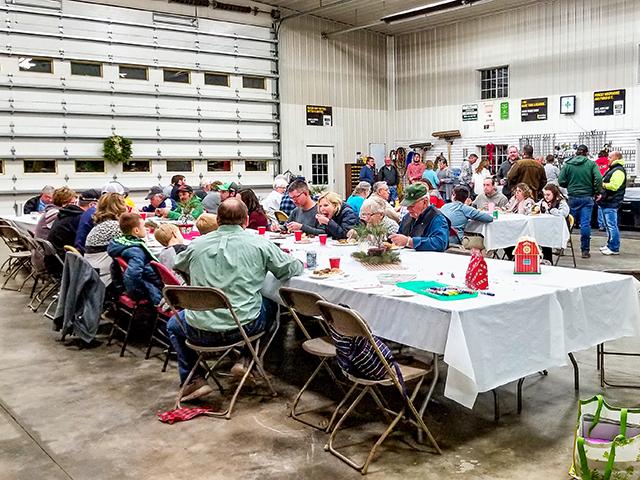Power Up Post-Emergence Applications
Practical Research Drives Profitable Performance
Start clean to stay clean. That's the key to growing clean soybeans under the Roundup Ready® Xtend Crop System, says Austin Scott. As Beck's field agronomist in the South and one of the company's herbicide specialists, he's had a lot of experience battling tough, herbicide-resistant weeds.
What works best, says Scott, is to start early in the season with a layer of residual protection using a powerful pre-emergence tankmix that includes an approved dicamba product. That's followed by another layer of residual herbicide later in the season using a post-emergence application, all the while using multiple modes of action.
Four Steps
Scott and his herbicide specialist colleagues at Beck's have incorporated this approach in Beck's 2020 soybean herbicide recommendations. It can be implemented using the following 4-step program:
> Run a tillage pass (conventional till), or spray an early burndown (no-till) at the labeled rate two weeks before planting to kill early weeds.
> Plant Beck's Roundup Ready 2 Xtend® soybean seed.
P[L1] D[0x0] M[300x250] OOP[F] ADUNIT[] T[]
> Within 48 hours of planting, spray a pre-emergence herbicide application of one of the approved dicamba formulations tankmixed with a Group 15 herbicide that provides a residual.
> About 21 to 24 days after the pre-emergence application, come back with a post-emergence application of Roundup PowerMAX® II herbicide and a Group 14 herbicide with a residual. (Note: If you have an escape of glyphosate-resistant weeds, you can use an approved dicamba product instead of Roundup PowerMAX® II.)
This program gives growers some latitude in their choice of herbicides. "The best herbicides to use depends on the weed spectrum in individual fields," notes Scott. To get you thinking about the herbicides you might choose for this program, he offers the following example:
> Burndown application: Glyphosate + Sharpen®
> Pre-emergence application: XtendiMax® herbicide + Warrant® herbicide + metribuzin
> Post-emergence application: Roundup PowerMAX II or Roundup WeatherMAX® + Warrant Ultra® or
Roundup PowerMAX II + Flexstar® + Zidua®.
Layer Residuals
In the herbicide example, the residuals in the pre-emergence application are: XtendiMax provides 14 days of "soil activity"; Warrant gives 21-24 days of soil residual; and metribuzin, when tankmixed with Warrant, synergizes and provides 21-24 days soil residual, says Scott.
In the post-emergence application example, Flexstar provides 21-24 days residual activity, and Warrant Ultra®, which contains Flexstar, also gives 21-24 days residual.
Scott recommends incorporating Group 14 and Group 15 residual herbicides in the program. In his example, Warrant (Group 15) is utilized in the pre-emergence application; and Flexstar + Zidua (Group 14 and Group 15) and Warrant Ultra (Group 14 and Group 15) in the post-emergence application.
"A plus for this program," says Scott, "is it gives farmers the freedom to use a non-dicamba product for the post-emergence application. As a result, they can avoid off-target movement of dicamba later in the season."
At the same time, planting dicamba-tolerant soybean seed keeps farmers' options open for using an approved dicamba product as a rescue treatment, if needed, notes Scott.
To review the 2020 Beck's herbicide recommendation program, visit www.beckshybrids.com/Herbicide-Brochure.
[PF_1119]
Copyright 2019 DTN/The Progressive Farmer. All rights reserved.



